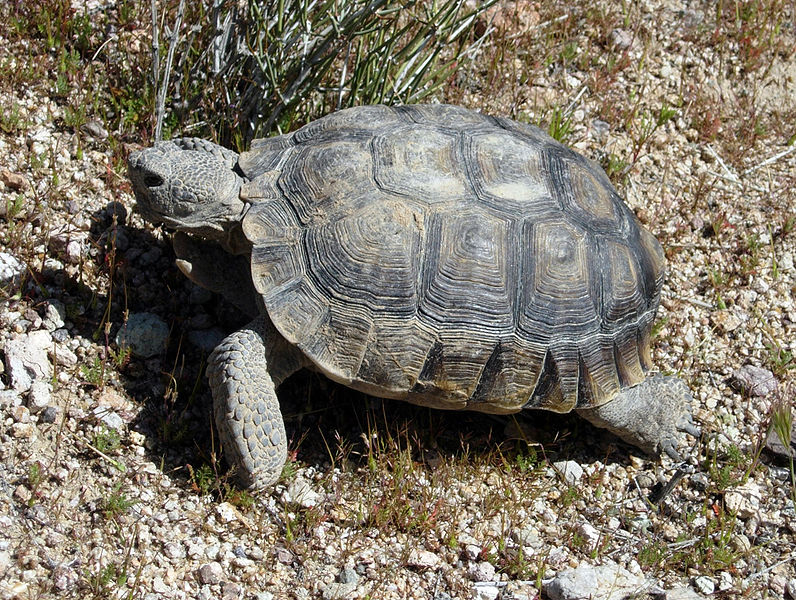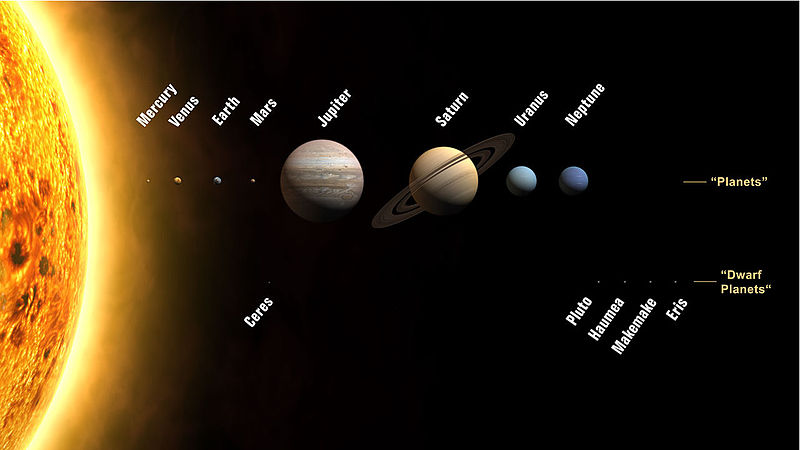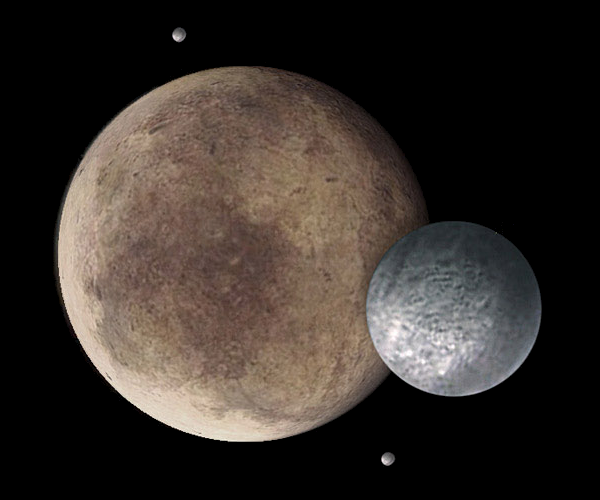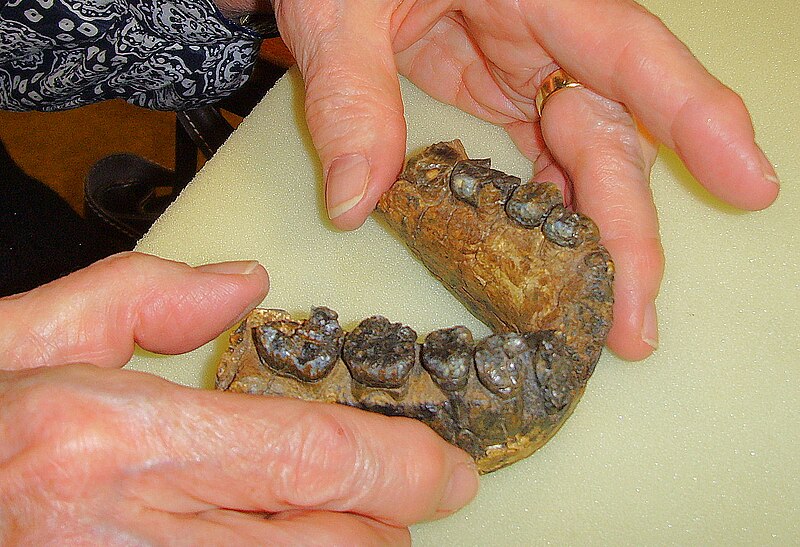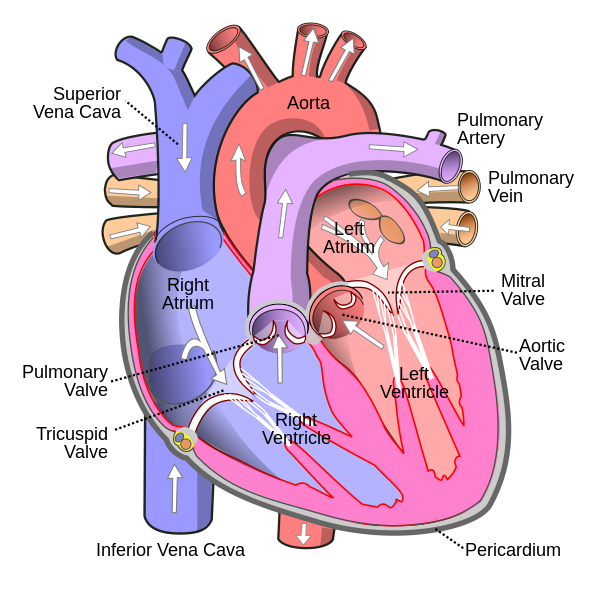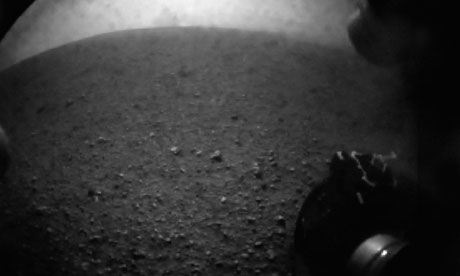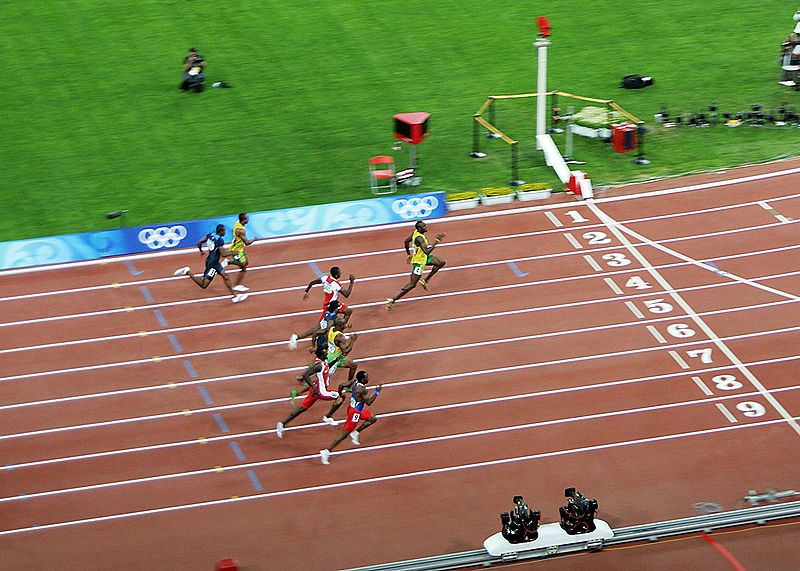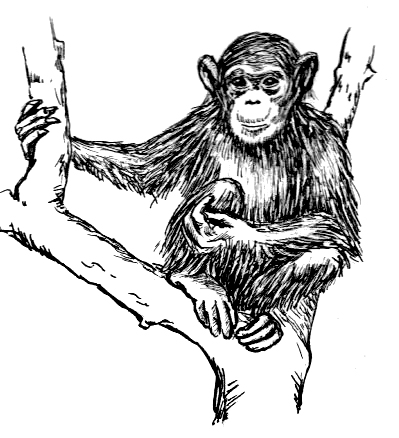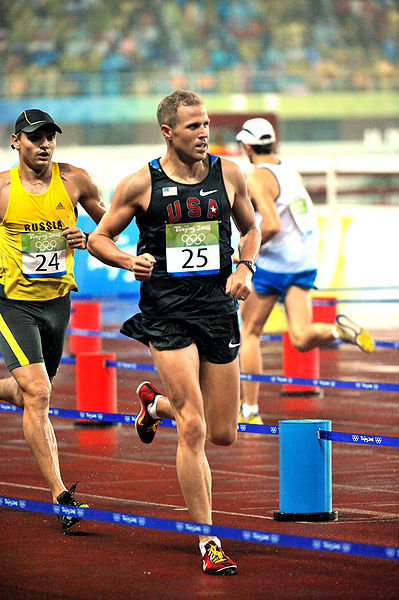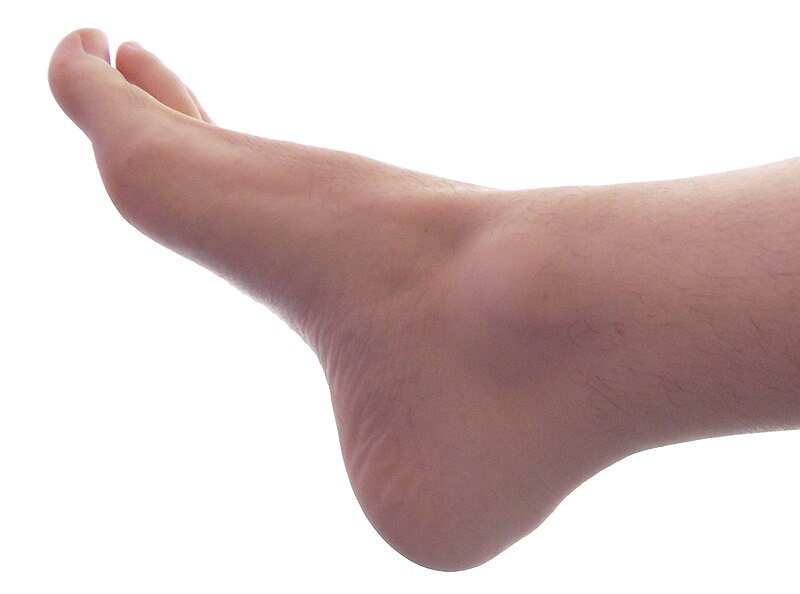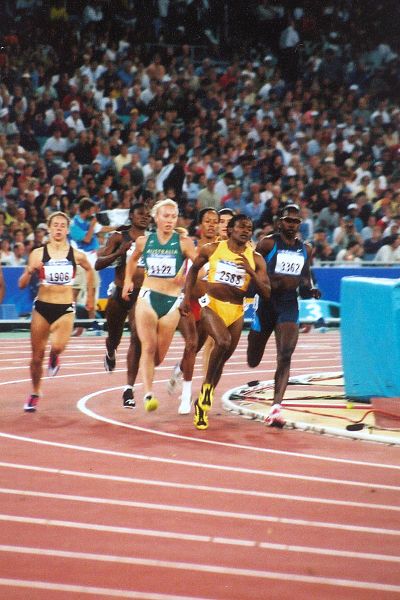1. Ichthyosaurs got the bends?
While it may seem almost ridiculous, ancient marine reptiles suffered from the same condition human divers can get: the bends.
These reptiles lived in the water, 24/7. So why the bends? Well, interestingly enough, the earliest ichthyosaurs didn't seem to have this problem. It wasn't until later, near the end of the Jurassic and into the Cretaceous periods that this issue cropped up. There are a few ideas out there as to why.
Perhaps they were getting chased by scarier (faster, more evolved) predators later on, moving quickly from the surface to the deep to escape. The pressure changes could've forced the nitrogen in their lungs to dissolve in their body, and surfacing again would've formed the nitrogen into the painful internal bubbles divers dread. Another idea is that they just dove deeper and deeper as time went on, but never evolved the ability to deal with the nitrogen like modern whales have.
No matter what happened, it's clear from scarring on their fossilized bones that these animals really did get the bends. Some scientists even go so far to say that the bends could've contributed to their eventual extinction, though I'm not sure how serious they are.
Speaking of "are you serious?" scientists...
2. Neanderthals and Humans Interbred - no wait they didn't - no wait they did - no wait -
According to a new study, humans and neanderthals didn't interbreed (despite overwhelming recent evidence that they did).
Now, I don't mind people trying to prove stuff wrong in science. In fact, I encourage it. That's what science is all about. But this study? Ehhhh...no. I'm not convinced.
First of all, Discovery News and all other media outlets reporting on this: your article titles need some work. So do your articles, frankly, in this case. You report this as if it's conclusive evidence that neanderthals and humans didn't have children together, when in fact this does not prove that at all.
What this study actually shows is that a computer model demonstrated another way for the percentage of "neanderthal DNA" that exists within modern humans to have gotten there (rather than from interbreeding). They suggest it's all from our last common ancestor with neanderthals, something that was still considered...a couple of years ago .
Unfortunately for those who did this study, we've got loads of new data now with the genomes mapped. There are dozens of reasons the conclusions of this study just don't hold water, and the take-away message is that the modeling this study did is outdated. Thankfully, at least Nature News has updated their article to reflect this.
So did neanderthals and humans interbreed? Our best evidence still suggest that they did. Studies like the one being reported all over the place right now just don't take enough of the newest empirical evidence into account. Yet they get all hyped up anyway and confuse the general public.
Oh well. While the general public might not be well versed in the nuances of genomics, they can at least do a pretty great job at reporting on the threats facing various species in our country...
3. Citizens get species on Endangered List that government agencies miss.
Thanks to U.S. citizens, animals are being protected that would've otherwise been ignored by U.S. Fish and Wildilfe Services.
This is really neat and shows just what people can accomplish when they push to save their non-human neighbors.
A study showed that animals in the Endangered Species Act that got there through citizen petition, rather than through appointment by the FWS, were more likely to be "in the way" of developing land. The FWS tries not to step on too many toes, but citizens don't hold such qualms. Also, the species nominated by citizen petition were significantly more threatened, on average, than those nominated by the FWS. Essentially, many species are only on the list today thanks to the initiatives of every-day people.
This should (hopefully) stop people from halting citizen reports of threatened species, as certain politicians have tried to do. This is clear evidence that citizens are a valuable part of the identification and protection of endangered species in this country.
Go citizens, go!
NOTE: I will be on blog hiatus until the end of August, as I'll be camping for several days between now and then, and also need to concentrate on wrapping up my current WIP novel. Thanks for understanding, and I'll see you in September!


